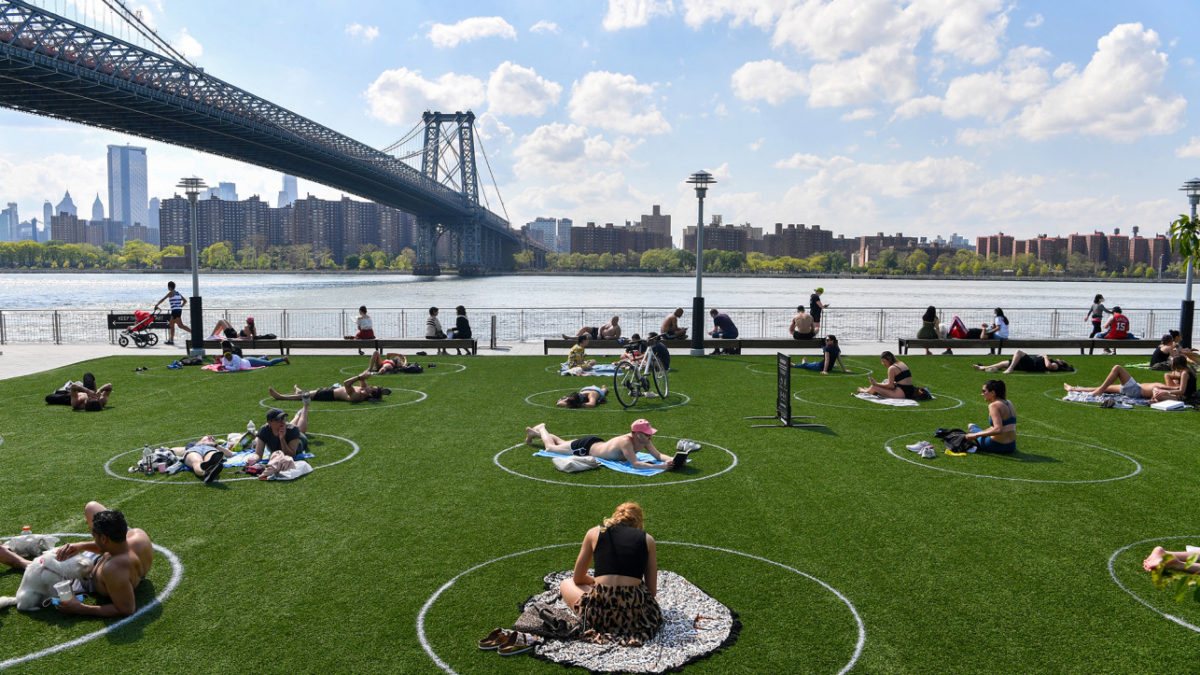
COVI/DESIGN #9
Today we talk about an aspect that we have not yet covered in detail: public spaces and cities. How will they change? What should we expect?
Public space is synonymous with sociability and fun but, especially in Italy, citizens have not understood the value of these places until they have been taken away from them. Quarantine highlighted the importance of these areas and radically changed our habits, while the virus put a strain on our city infrastructure.
We have seen how the lockdown has led to a series of new initiatives: in addition to the thousands of webinars and online courses to spend your time, many of us participated to cocktail party on Zoom and online concerts. These activities recall our urban routines and their goal is to bring sociality back to our everyday lives.
Sociality will just change: a keyword is social distancing, even for public spaces. LidoBam, the new grass beach at Biblioteca degli Alberi in Milan, uses white circles painted on the lawn for social distances, as well as Domino Park in Brooklyn. Concerts have become drive-in activities. The seats at theaters and cinemas have large X that indicate where you should not sit, as well as public transports. Bars and restaurants use stuffed animals, plexiglass barriers, some even garden greenhouses and wooden houses.
Social distancing will be one of the project requirements asked from now on. There will probably be an increase in the use of easily sanitizable materials, resistant to microbes, and at the same time, a new series of self-disinfecting products, such as Self Sanitizing Handle (image below). Sociability will change because we will adapt to these new spaces which must be designed to avoid the transmission of diseases.
c
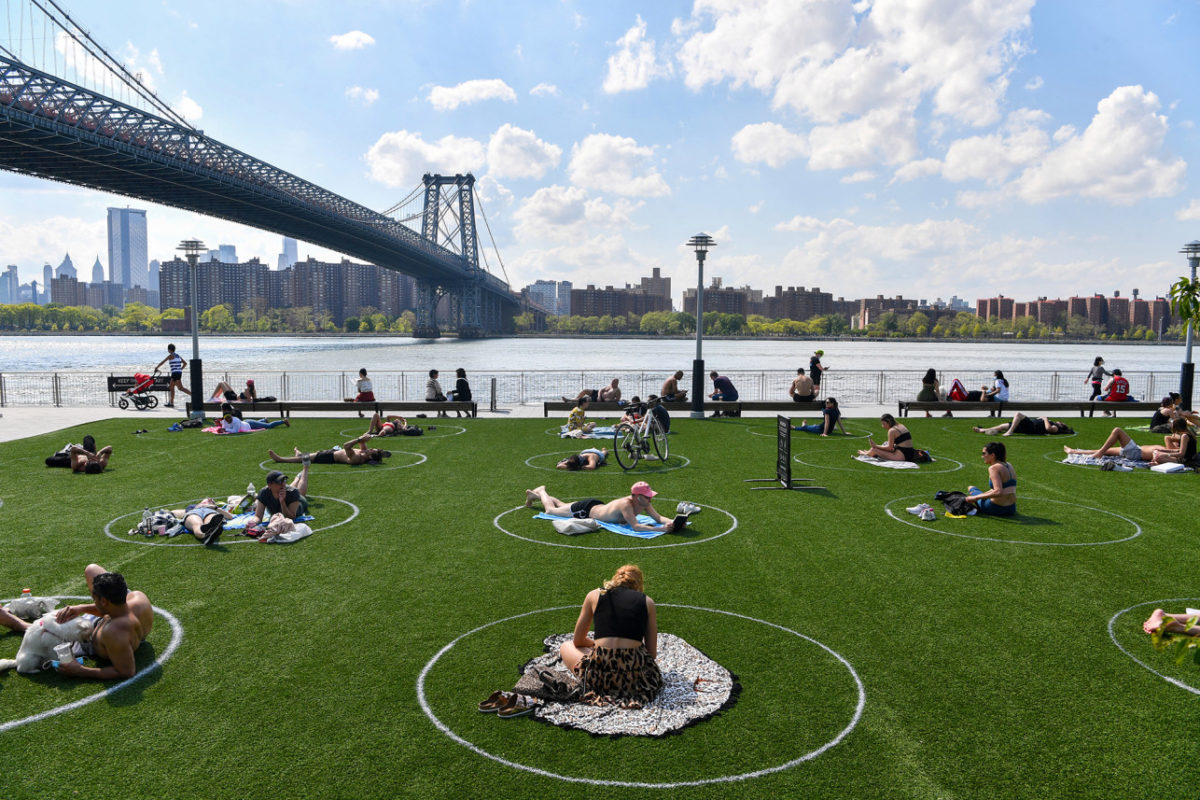
Photo by Paul Martinka 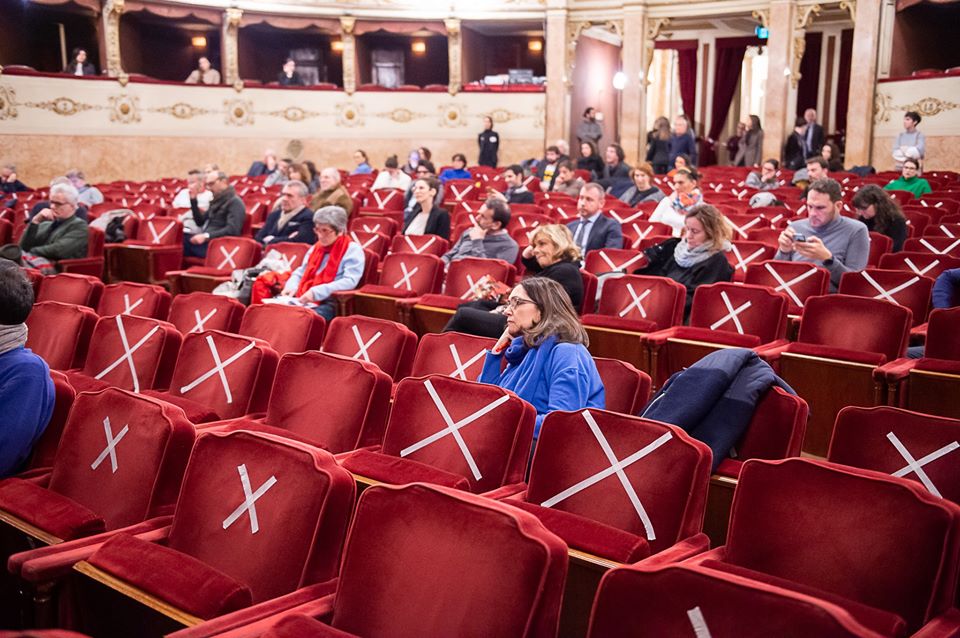
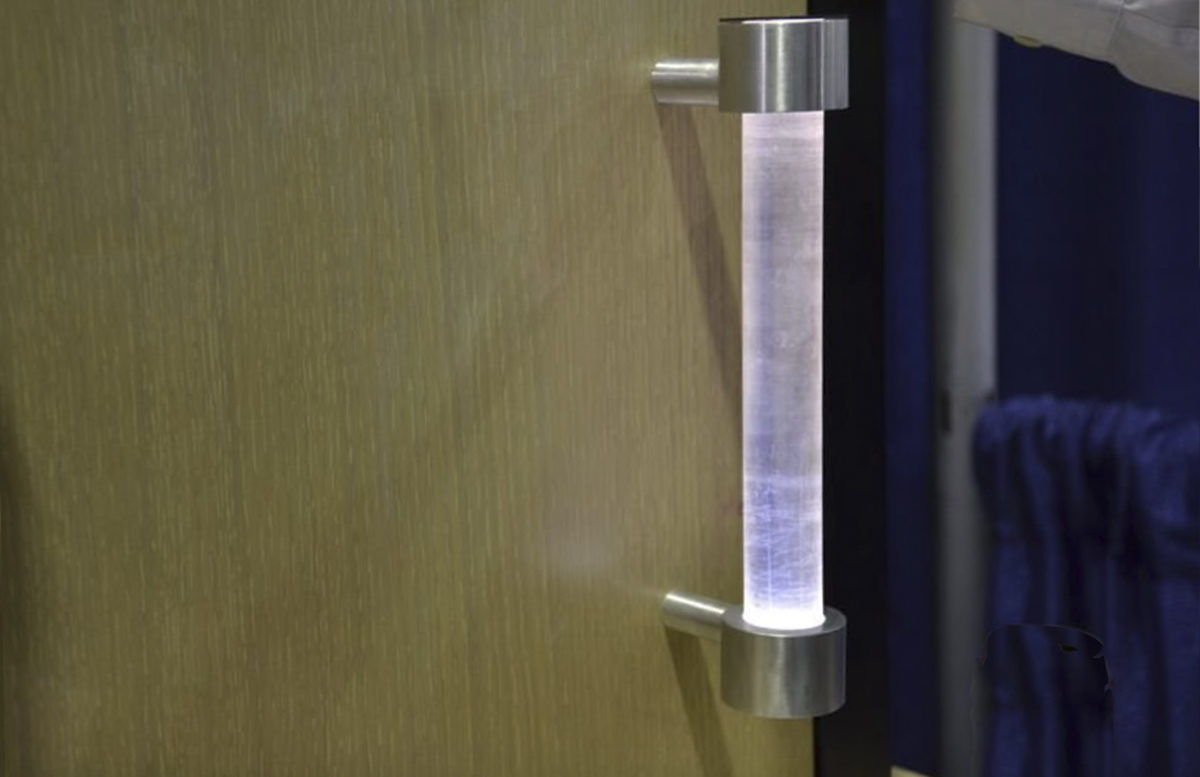
Self Sanitizing Handle
c
Another interesting aspect is community: during a minor lockdown phase in Milan, it was allowed to walk up to 200m from home. Therefore, the space and activities around our houses are once again essential. The neighborhood, and so the community, become central to create situations of mutual support.
Being able to reach a park and shops such as bakery, grocery, newsstand, can help you escape from the lockdown’s state of solitude and avoid crowded places such as supermarkets and shopping centers. It is no coincidence that arch. Stefano Boeri, speaking of Città del Futuro, mentioned parks and villages with services less than 15min from each center.
In Milan we’ve also seen the birth of neighborhood “brigades”: voluntary associations ready to give help to those who need it most, supporting families, not only with food, but also with activities such as theater and games for the kids. The hope is that these social aspects will be maintained even after this crisis and will be able to widespread, perhaps helped by local institutions.
Speaking of infrastructure, we have seen how Bogotá was one of the first cities to expand its Ciclovia program during this period: working at night, a total amount of 583 kilometers of bike roads and cycle paths were connected. Metropolises such as Mexico City, New York and Milan are also heading in the same direction. The use of the bicycle is thus encouraged, hand in hand with the pedestrianization of urban areas. This would not only make safer our roads, but it would also help the development of the aforementioned City of the Future: transform the metropolises to make them on a human scale, through villages and small neighborhoods, close to all kind of services.
Alongside the bike, we’re seeing the spread of electric push scooters and new concepts such as Poimo. These vehicles are part of the so-called micro-mobility: those solutions must be pushed and encouraged in order to give an alternative for short trips.
Last but not least, public transport. Of course, it will also change in line with the established hygiene and social rules, but there is a developing technology that could be interesting: autonomous driving. It would allow our cities to create a network of urban transports that is always working, in any emergency (we will present an example tomorrow).
How will our cities change? What really drives this transition are investments and the urban economy. Therefore, the most important challenge will be to combine this new vision with the economic needs of a metropolis.
c
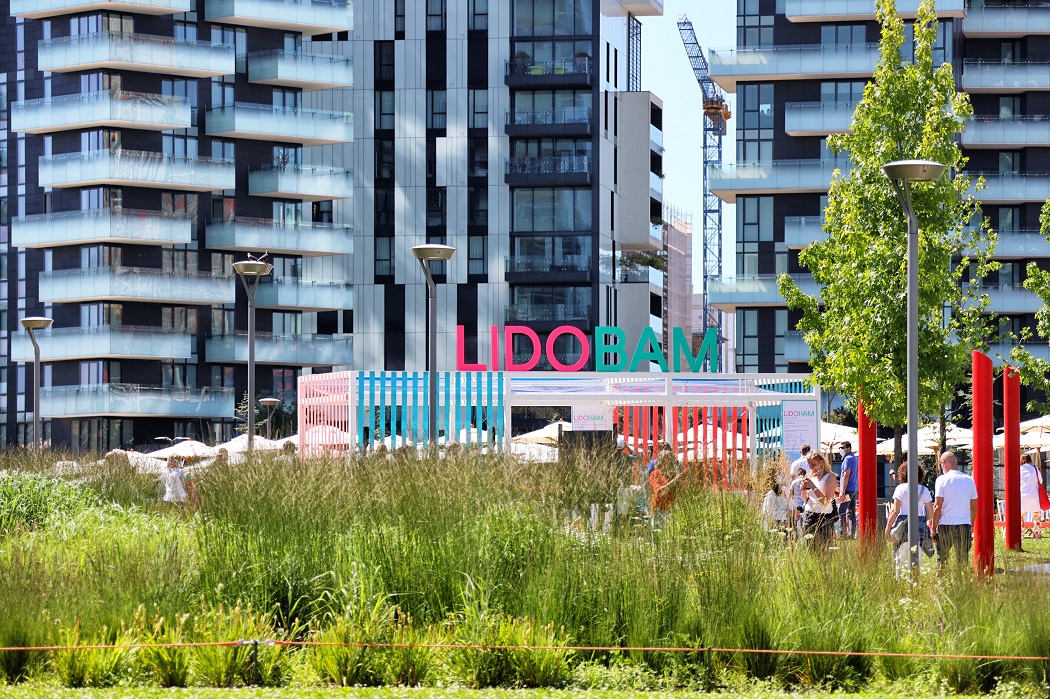
Photo by Andrea Cherchi 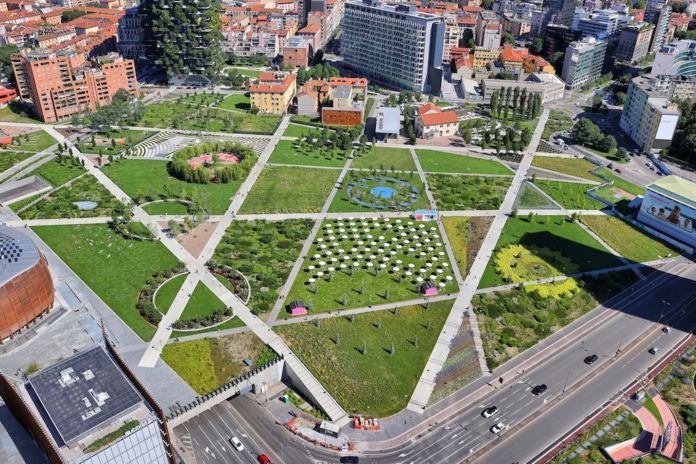
Photo by Andrea Cherchi 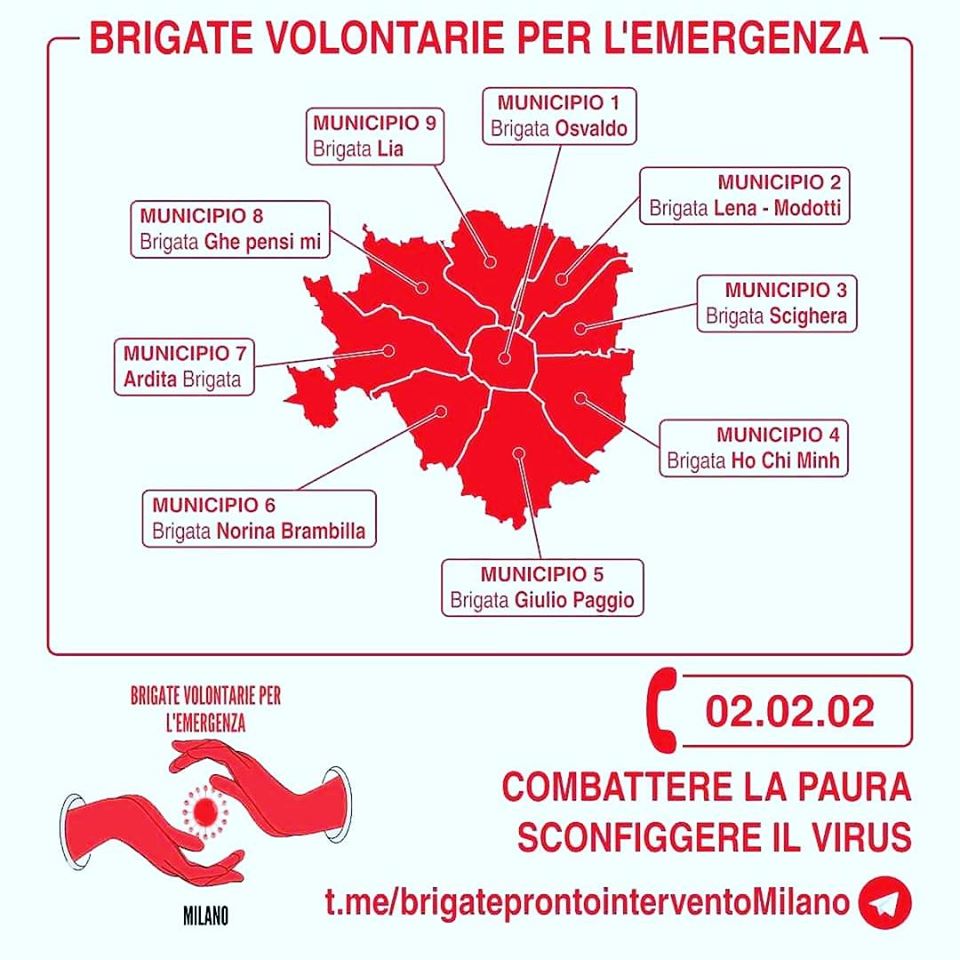
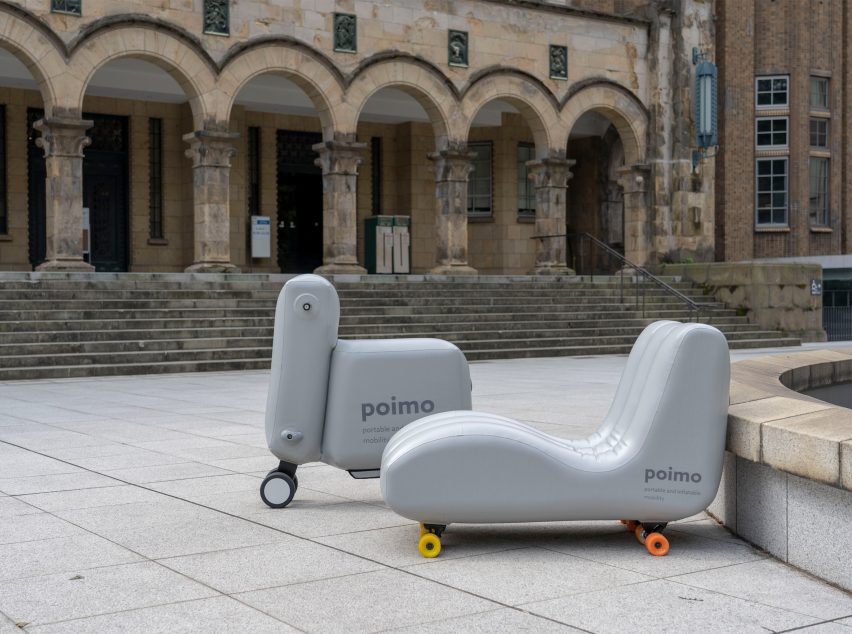
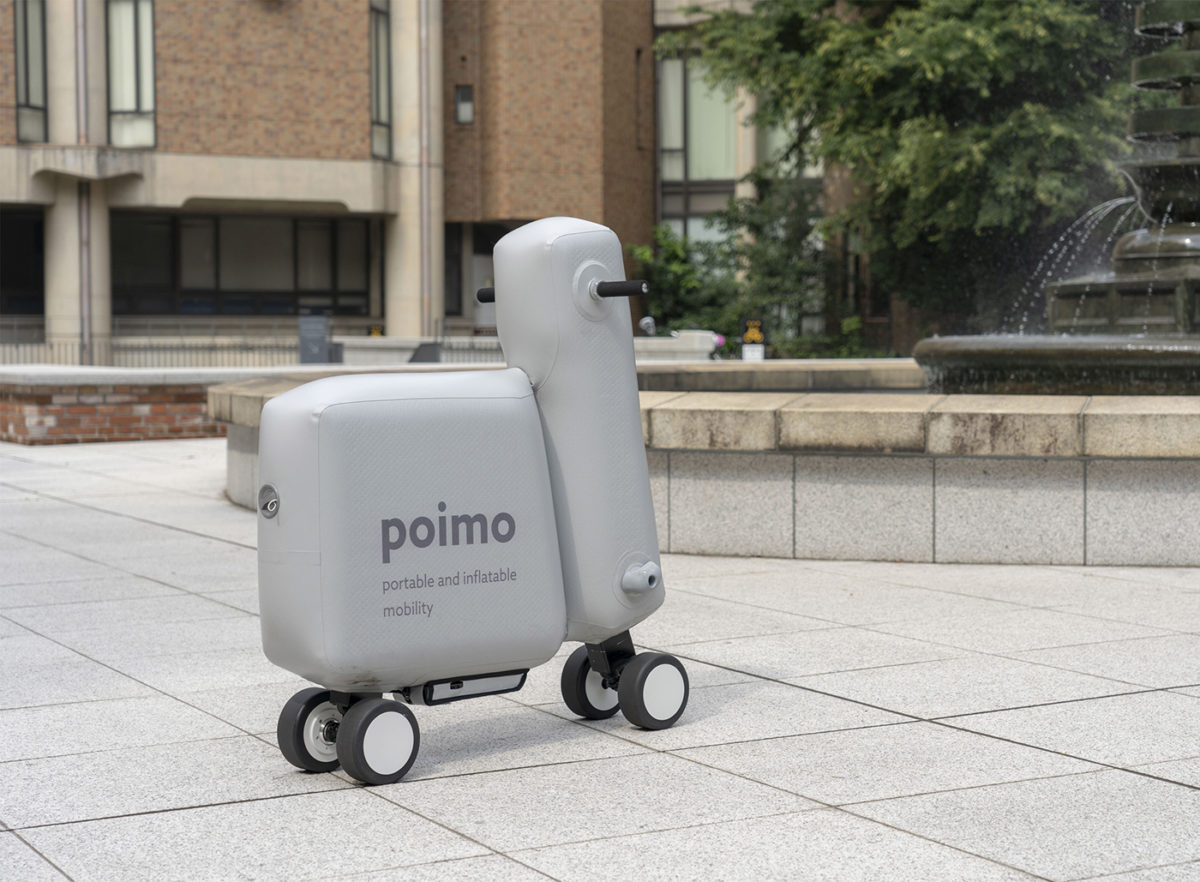
Cover by Paul Martinka
